Allister Singh stood across from the king of Super Smash Bros., Ken Hoang, at Nintendo’s Pokken Tournament DX Invitational on Wednesday, June 14 in front of a rowdy E3 crowd.
The invitational featured four prominent fighting game players and four YouTube personalities. Although Ken built a legacy as one of the most dominant gamers of the mid 2000s, Allister was the only Pokken Tournament pro present, and he showed the field why when he nearly perfected the Melee legend.
“Defeating Ken was definitely a bittersweet experience,” Allister told Dot Esports. “He’s actually an idol of mine and is responsible for me getting into competitive gaming. I look up to him a lot, so I wanted to give him the highest respect and give it my all.”
Allister, who mains Suicune, has been playing Pokken Tournament since it came out in March 2016. A few weeks ago, he couldn’t imagine standing on a Nintendo stage, wearing a red and white Pokken jersey while representing his beloved community as they welcome a new release on the Nintendo Switch.
The last Nintendo-sponsored Pokken event was the world championship in August. In the months in between, the community struggled with a dying console, difficult LAN play, and a lack of developer support. Through it all, they grew closer and built the grassroots infrastructure that could make Pokken Tournament DX a big-time fighter when it drops this September.
Pokken season one
Pokken Tournament launched last year with interest from Nintendo and fighting game circles. Nintendo announced a circuit where players could gather points from big events like Evo and CEO, with $100,000 in prizes on the line across several events.
Controlling Pokémon in a 3D fighter was appealing to many, but the Wii U’s lack of popularity became a barrier early on—Allister didn’t even own the console before it dropped.
“I thought it was a fake,” Allister said. “Eventually they started showing gameplay and trailers and the game released in Japan. I lost my mind. I’m a huge fan of Pokémon and a huge fan of fighting games, just like everybody else. It seemed like a very unique mixture.”
Allister decided to pick up the game, in part because he wanted to meet new people—he’d just moved to a new city in Northern California and hadn’t met anyone yet.
“I tried to start up my own local, and that went okay,” he said. “Then I noticed other people tried to set up locals. I would drive like four hours one way just to help them out and support them. If they start a local, maybe their scene can grow and my scene will grow. And eventually it will be a radiant effect.”
Pokken’s biggest obstacle was a lack of splitscreen play; the only way to host an event was to pair up two Wii U’s and enter a hidden code at the main menu to enable LAN play. Despite this, locals popped up from coast to coast, as players continued to push each other in preparation for the first big event: DreamHack Austin 2016.
Christian “Suicune Master” Patierno tried Pokken at a friend’s house—his parents never let him play video games—and immediately saw success online.
“I didn’t know what I was doing, but I was winning every single time,” Suicune Master said. “I thought I was pretty good. I wasn’t doing anything good cause this was day one.”
He became a Suicune main, as his names suggests, and attended his first local at Versus Gaming Center in Fort Lauderdale, Florida.
“We just ended up practicing and all getting better at the same pace,” he said. “We had such a strong local.”
By the time DreamHack Austin came around, the Florida scene boasted several top Pokken players. Suicune Master placed fourth at the event, while his practice partner, Wesley “Bim?” Murray, won the whole thing in a tight finals against Wesley “CatFight” Garland.
While DreamHack put Pokken on the competitive map, it also brought together a community spread across the country.
“We would talk online all day on Discord and Reddit, and we finally got to meet each other,” Allister said. “At a point we cared more about hanging out and getting to know each other than playing the game.”
These friendships became the backbone of the community. Players continued to develop a strong network on Discord and websites like Pokken Arena.
“The majority of my experience with the circuit was positive,” CatFight told Dot Esports. “I entered a lot of the tournaments and I personally did well. I got to meet a lot of the community through the circuit. Beyond that it was understood that the community didn’t need an official circuit at the time.”
CatFight, who lives in New Jersey, trained within the tri-state community, which became another hub for competitive players.
“Probably the biggest (local scene) is tri-state,” Suicune Master said. “They have a lot of good guys and they all push each other to get better. That’s part of the reason locals helped us all become top players because your friends learn your habits, so you have to constantly change it. It builds you up as a player.”
While NorCal, Texas, Florida, Nebraska, and the tri-state region produced many talented Americans, Japanese players topped the rankings at Evo 2016. There, Suicune Master placed fifth, losing to his friend Willie “Swillo” Barr, who was the highest placing American at third, while a Japanese Braixen known as “Tonosama” won it all.
That weekend, the players of all regions bonded together once more; they even organized a United States against Japan crew battle, which CatFight clinched for the states in the final skirmish.
Japanese players dominated the biggest singles competitions. Sato “Potetin” Masami capped off the first season of competitive Pokken with a win at the world championship.
After the circuit, Pokken players wondered what was next.
The fight for season two
New characters launched in Japanese arcades after worlds, but there was never word from Nintendo if Pokken for Wii U would have another circuit, or even if it’d see updates or downloadable content. Pokken players refer to this time as “Post-Worlds,” according to Allister.
“For a few months there, it was pretty dire,” Brendan “Burnside” Hansen told Dot Esports. “There were some people within the community itself who really felt the game was on its way out and was dying and they were trying to justify the fact that they were done with the game.
“A lot of people outside the community sort of gave up on Pokken,” he added. “That made me sad because it’s such a good game and the community has been so fantastic, phenomenal, and positive.”
For professional players like Suicune Master, going from prime-time events every week to the uncertainty of Post-Worlds was staggering.
“It got to a point where I stopped playing the game for a bit because I lost motivation,” Suicune Master said. “It was like, this used to be kind of your job, and then it all just died down out of nowhere. It’s like ‘Man, is this really over with? Was it just that one season?'”
The community had to come to terms with a lack of support, according to Allister.
“I just tried to boost everyone’s morale,” Allister said. “I tried to remind everyone, ‘Why did you play from the start? You liked this game and thought it was cool. You made some good friends. Why do you have to rely on them as if they are our life support.’
“Everyone wants to see something official,” he added. “They didn’t fully understand what grassroots meant.”
That September, Jesse “Jetsplit” Turnbull released a video titled “Pokkén Tournament: Season 1 Memoir,” which captured the fun and camaraderie of the first season. This video was a spark for many, especially Dan “Fumu” Good, a popular Pokken tournament organizer from Nebraska.
“Every time I watch it, I get goosebumps,” Fumu said. “And that really inspired me because I missed out on traveling all throughout season one.”
Without much help from Nintendo, Pokken community leaders began organizing on Twitter. They revamped Pokken Arena, pushed local attendance, and produced new content. Allister, especially, was vocal online, constantly responding to Pokémon Company tweets, any updates at all. The community also organized a snail mail bomb, which they called “Operation Synergy,” according to Texas Pikachu Libre player Labib “Slippingbug” Haq.
“If we want more, the Pokken community will be vocal about it,” Slippingbug said. “We’ve done a lot to try and get these characters. They sent letters to the Pokémon Company in waves. I even tried talking to Pokémon Company reps.”
Another game changer was Big E Gaming, a Philadelphia-based tournament organization that began hosting Pokken at its popular events, like Northeast Championships and Winter Brawl.
“Big E definitely contributed a lot,” Allister said. “He was very well-known and established. Everyone loves him and the tournaments. He started to provide Pokken. When he started that, everyone came out in full force.”
Despite outdated patches and no word on a possible circuit, the Pokken community thrived in the fall and winter months, as Big E continued to be supportive of the game, according to Burnside.
“I think (Big E) was a beacon of hope for us,” Burnside said. “They made people realize it wasn’t just us who were interested in Pokken being a scene and sticking around.”
By the time Pokken Tournament turned one, the players organized one of its biggest majors yet at Final Round 20.
“I put in work starting in around November or December to try and get things set up to celebrate the community after a year of the launch date,” Fumu said. “I thought it went really well. We had a good turnout, compared to previous large events that were netting around 80 people: we had 106 turnout for that. It was just there to celebrate and do what the game is meant to do: have a competitive bracket and just enjoy the game.”
Charging up for a future
Although Pokken maintained it’s dedicated player base, the game struggled to garner mainstream attention. Picking up Pokken has always been a tough sell, according to Burnside.
“It’s on a dead console,” Burnside said. “Streams didn’t traditionally have a ton of viewers. But once people joined the community and started frequenting Discord and Twitch chat, not a lot of people have left.”
Another struggle actually came from the game’s main selling point: Pokémon.
“There’s still a lot of anti-Nintendo bias in the fighting game community,” Burnside said. “But every tournament I’ve been to, people have been completely welcoming, if not interested in the game and maybe more.”
Still, the community understood where hardcore fighting game fans were coming from, says Allister.
“These guys, they’re veterans,” he said. “They know their fighting games. They’re there to compete. When they see a game like Pokken, it’s very different to them. They probably think it’s very simple or different.”
So when Evo announced a community charity drive in January for it’s ninth game slot, traditional fighting game fans of Ultimate Marvel vs. Capcom 3 didn’t expect much from the Pokken community.
Allister’s first thought was Melee, which raised over $200,000 to earn a spot in Evo 2013, a movement that, along with “The Smash Brothers” documentary, slingshotted the game back into mainstream popularity.
“It was an opportunity to get Pokken out there,” Allister said. “Growing our community, staying solid, and being together. It wasn’t just about Evo.”
The first day, Pokken shot to the top of the leaderboard. Burnside and over a dozen community leaders took to Twitter, as players brainstormed ideas, like working overtime, or selling toys and art to raise money for the Make-A-Wish Foundation.
“It was the most beautiful thing I ever saw,” Allister said. “I wanted to cry. I’ve never seen the Pokken community come this close together in the entirety of the year.”
With help from the generous Japanese community, Pokken pushed an established game to the very brink. Although Pokken fell short, it’s $66,906 raised made headlines.
“Even though Pokken fell short, it kind of opened a lot of people’s eyes,” Allister said. “It wasn’t just about the race to Evo. We just did something totally different. We grew a lot closer together. We grew our community. We put the name out there and told people we’re here to stay. We’re just getting started.”
And like a well-timed combo, Pokken kept getting more than they asked for. Evo donated $10,000 for Pokken prize pools as a consolation. Alex Jebailey welcomed the game back to CEO 2017, and Nintendo even announced a season two circuit with two North American qualifiers—CEO and the Last Chance Qualifier in August. The only thing they wanted was a patch.
The ‘on’ switch
On June 6, The Pokémon Company held a brief announcement stream to reveal new projects before E3. While rumors swirled of Pokken news, CatFight didn’t expect Pokken Tournament DX this soon.
“It was a complete shock,” CatFight said. “My initial reaction was my jaw dropped and I think I screamed in my girlfriend’s ear by accident. She was asleep, but I was just overjoyed.”
Fumu and Allister were both at work when the news broke.
“In my mind, it was still processing because I didn’t accept what was in front of me,” Allister said. “And then it started showing gameplay and people playing on the Switch. Then I popped off. I popped off at work. I popped off so hard, my chair scooted back. I was dancing in the office and everybody was looking at me.”
The new release will include all the DLC Pokémon, as well as a brand-new one: Decidueye. It also includes 60 FPS single screen multiplayer, replay functionality, and party lobbies, which Allister says will bolster the game’s local and online tournaments considerably.
“There were many reasons for people not wanting to jump into Pokken,” he said. “For the longest time, we just kept saying Pokken on the Switch will solve everyone’s problems. A lot of people have a Switch already. With that being announced, Pokken blew up again.”
With a year to lay the groundwork, Burnside added that the community is prepared to welcome newcomers and grow exponentially.
“In a lot of ways, fighting games are only as good as they are approachable and we’re lucky because Pokken is very approachable,” Burnside said. “But there are a lot of mechanics that the game doesn’t make clear, so having resources ready for new players is going to be a huge battle.”
To cap it off, Allister was invited to E3 to demonstrate the new game against top players in several games.
With an entertaining win in the finals, Allister earned signed artwork and a chance to face the game’s producer, Masaaki Hoshino, in a one-on-one battle. After months of tweeting, writing letters, and pleading the developers, Allister was face-to-face with the man who helped bring the Pokken community everything they asked for and more.
“A lot of people in the community feel that I represent them, and so I really wanted to get the message across because we have so much love for the game,” Allister said. “So being on stage was such an awesome blessing. I’m still in shock.”
Although Hoshino bested Allister’s starstruck Pikachu, he laughed it off, and took in the moment. After all, the real challenge is the wrestling-themed CEO 2017—and you can bet the Pokken community will show up with serious spectator value, according to Slippingbug.
“It’s very easy to see the different decisions people are making, as well as the different mind games,” he said. “People see Pikachu do the Stone Cold Stunner and they’re immediately interested.”
And as the community has demonstrated for well over a year, watch them or not, Pokken players will continue to push each other to put on a show for the game they adore.


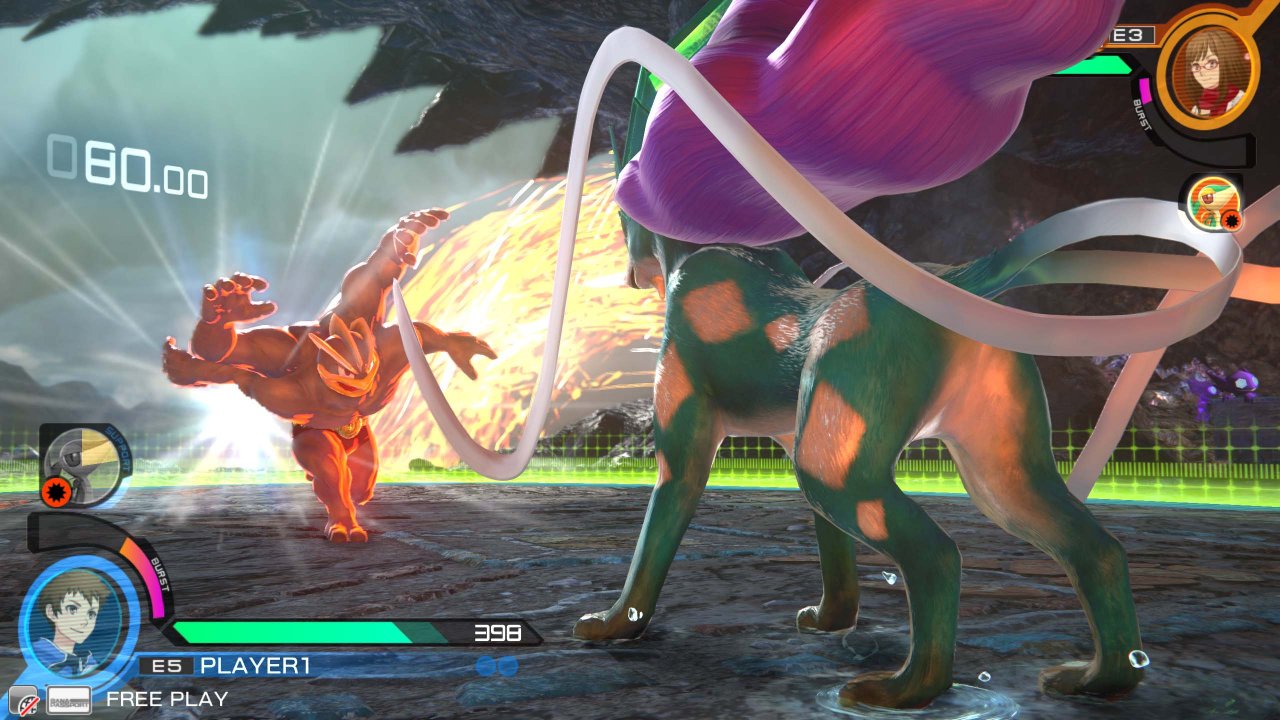
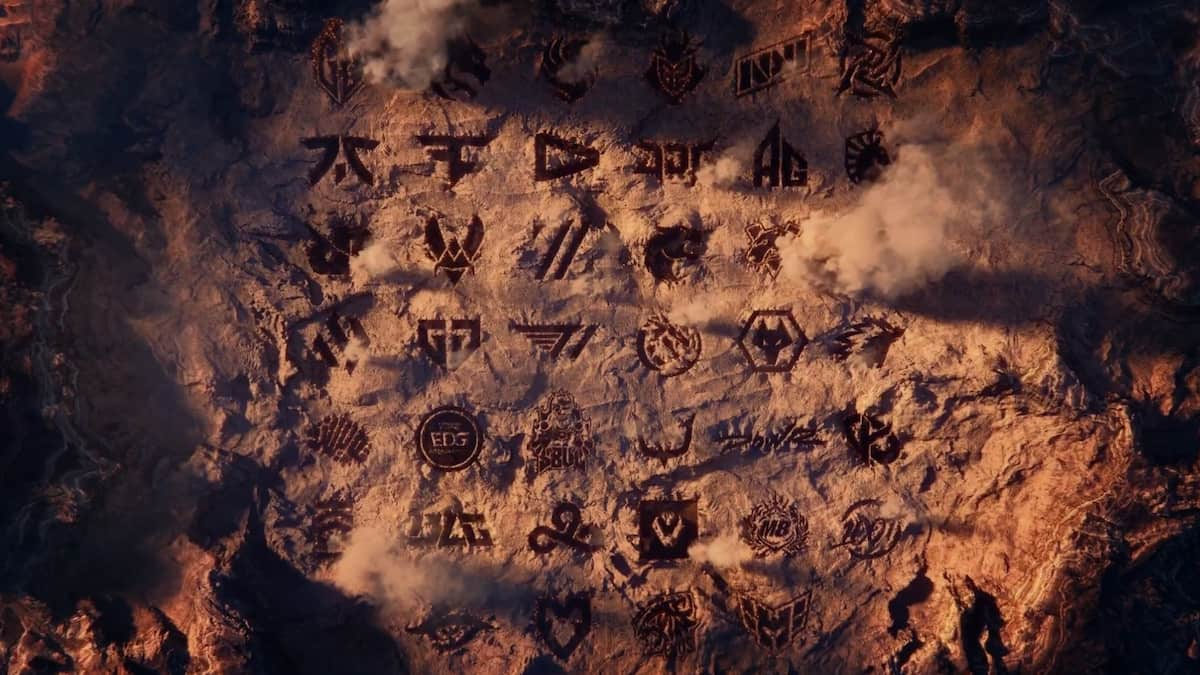
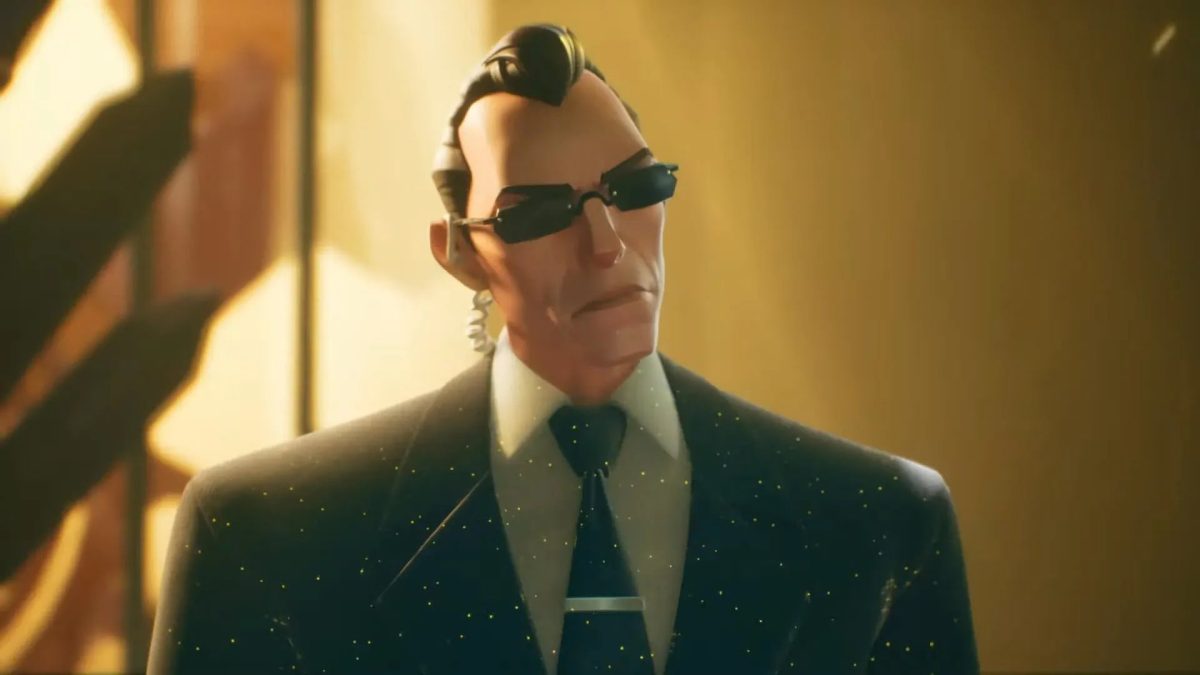
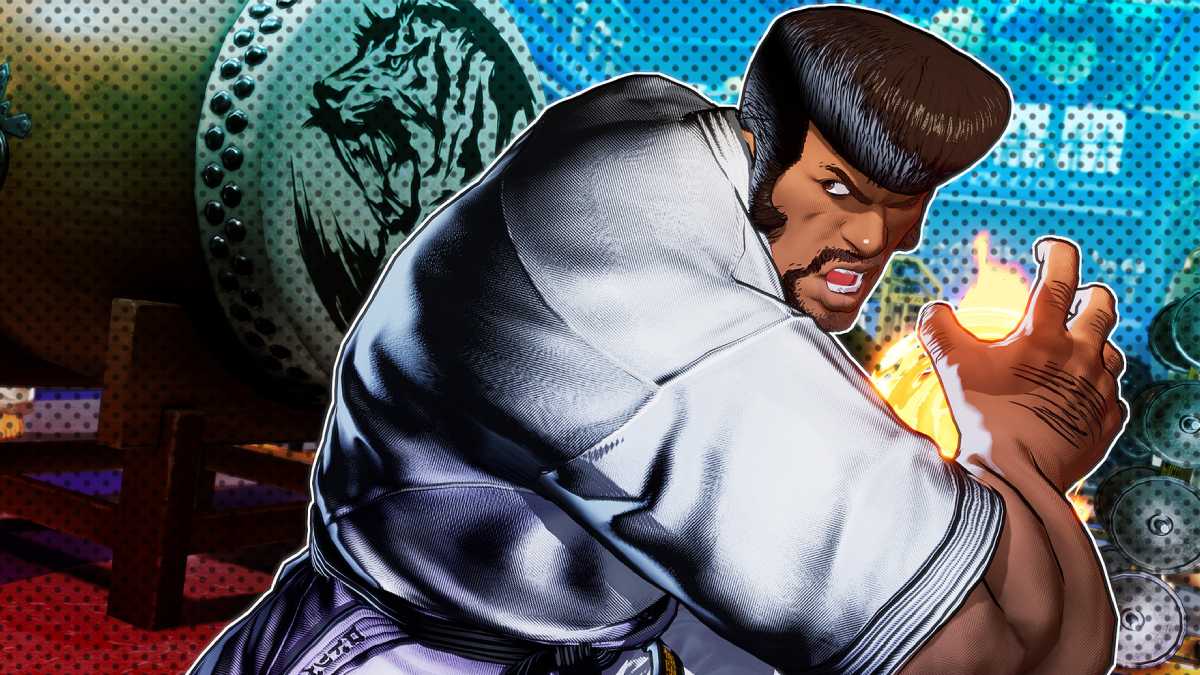
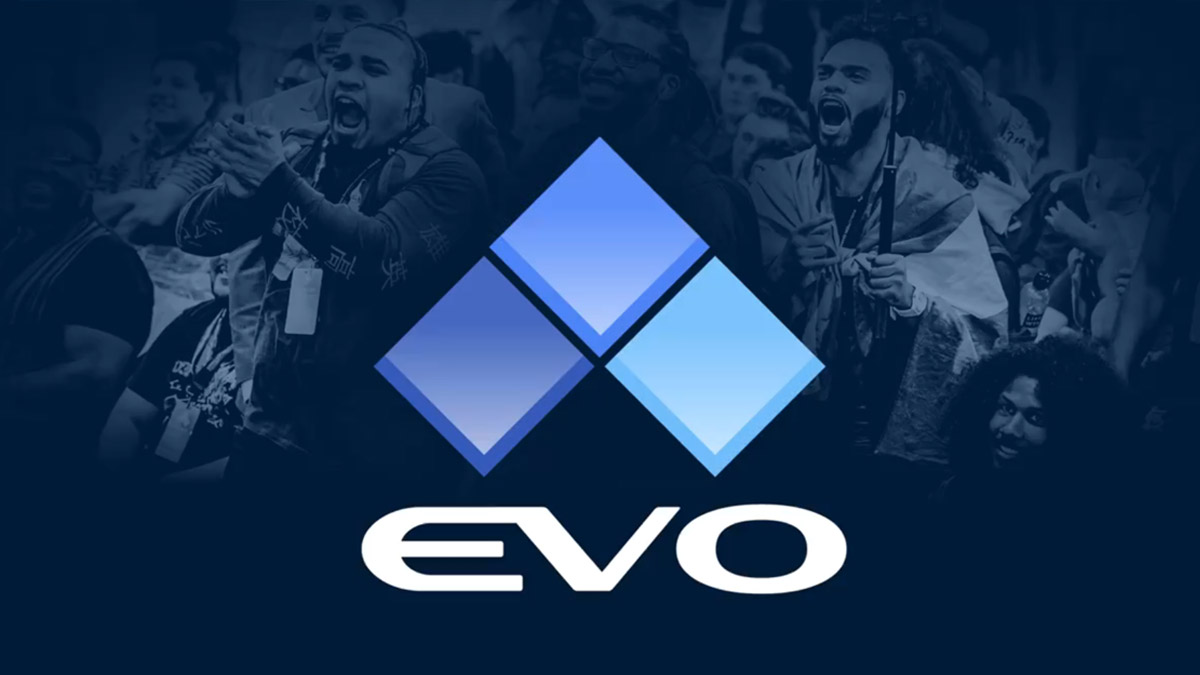
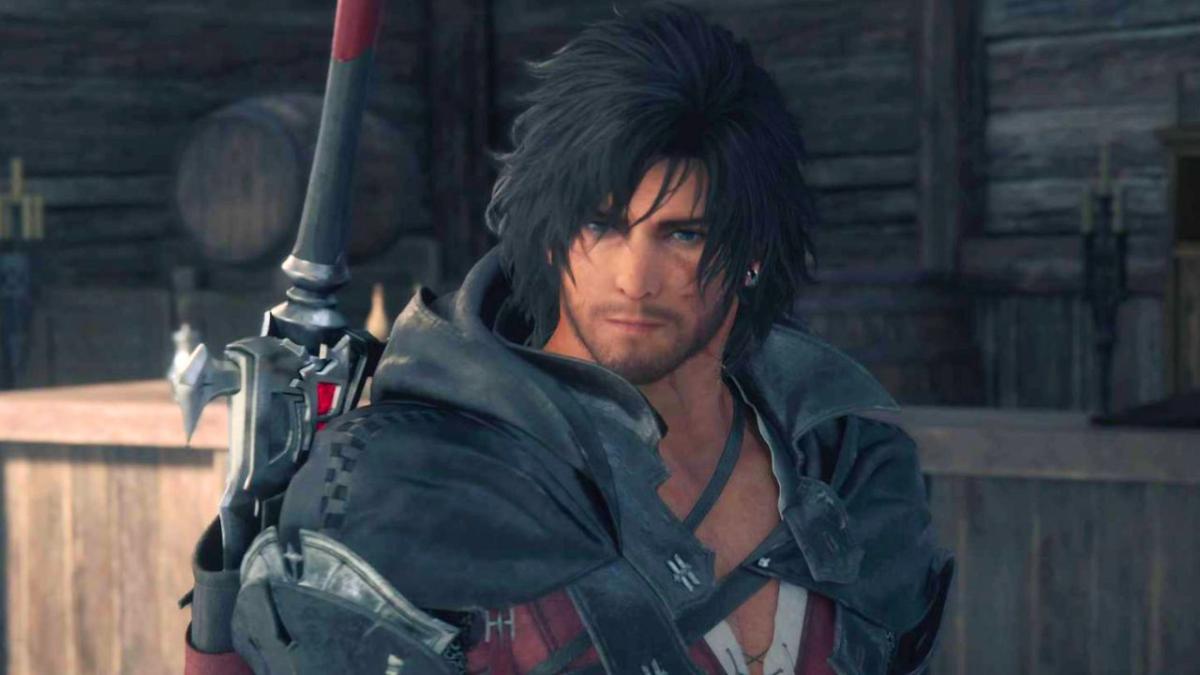
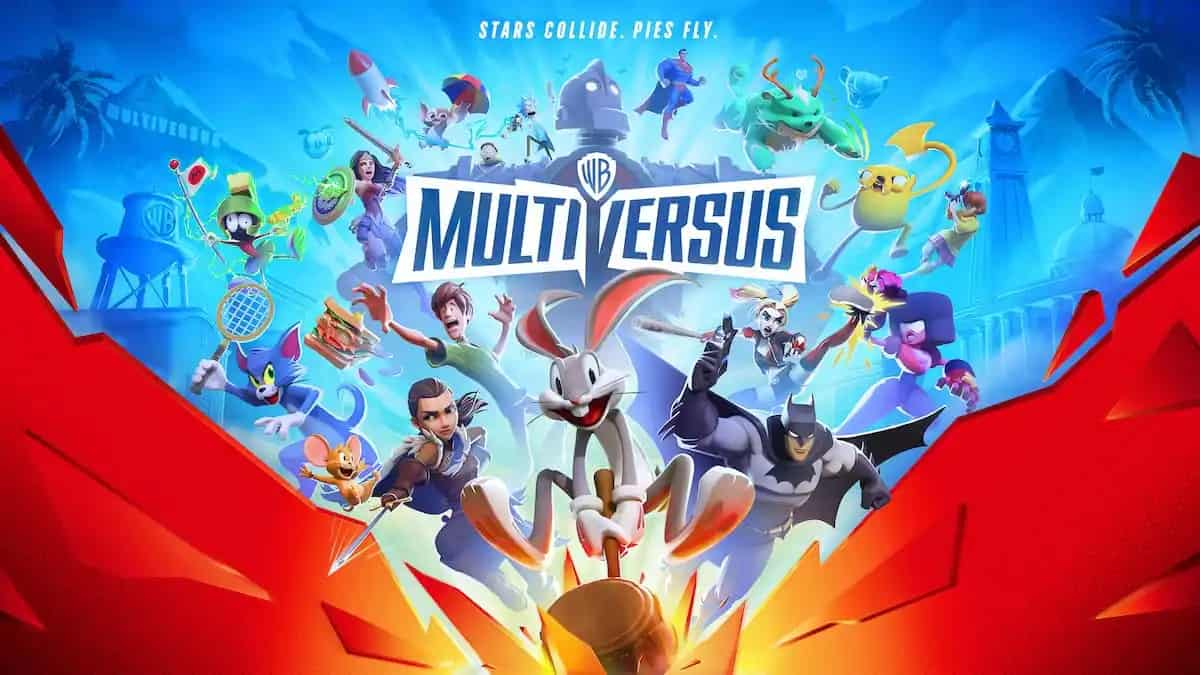
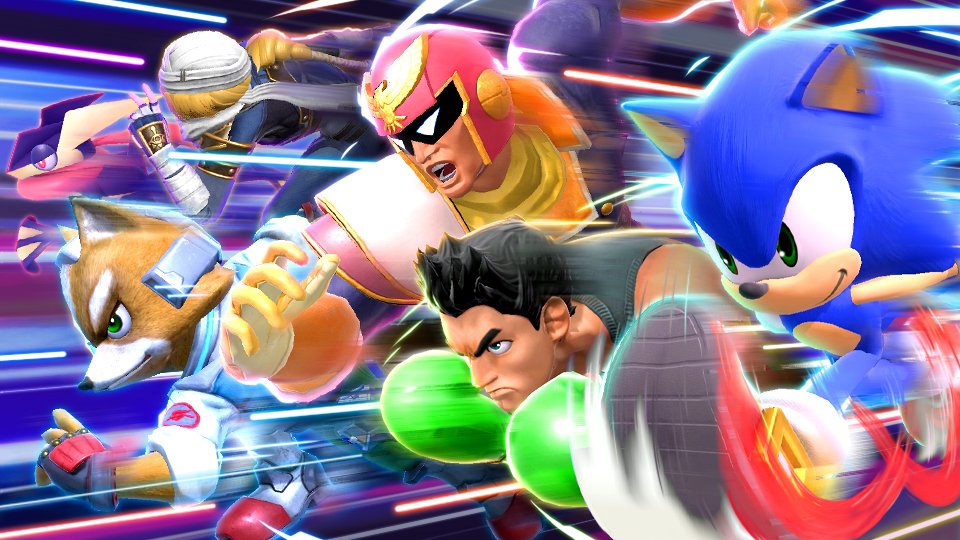

Published: Jun 17, 2017 09:45 am